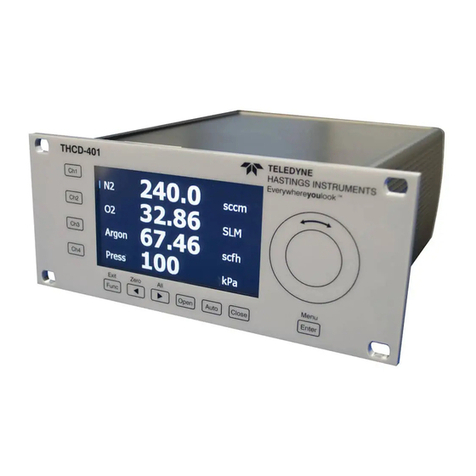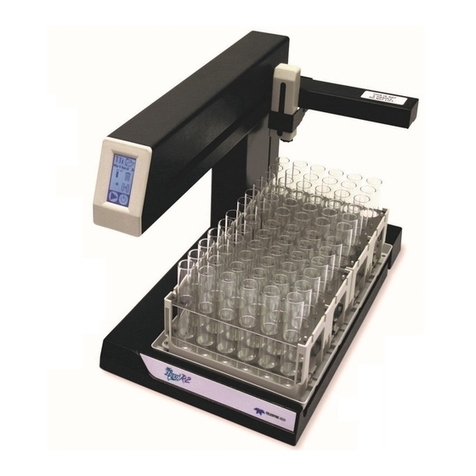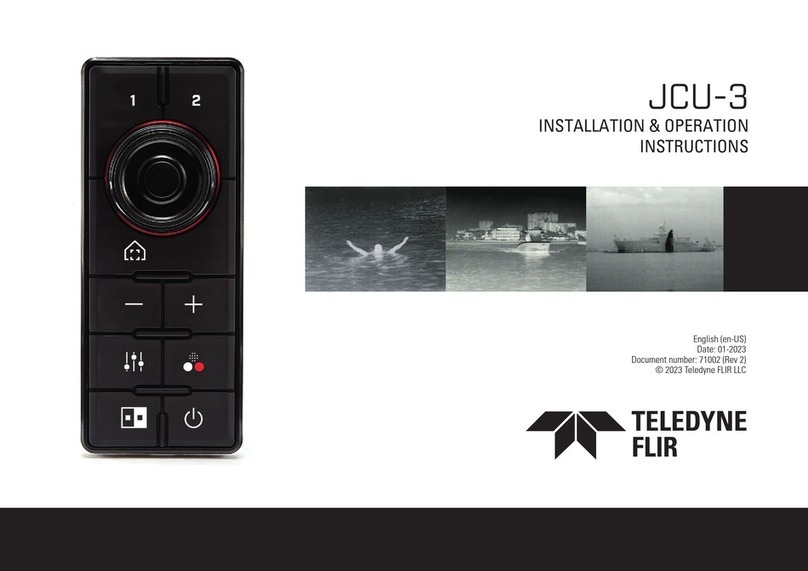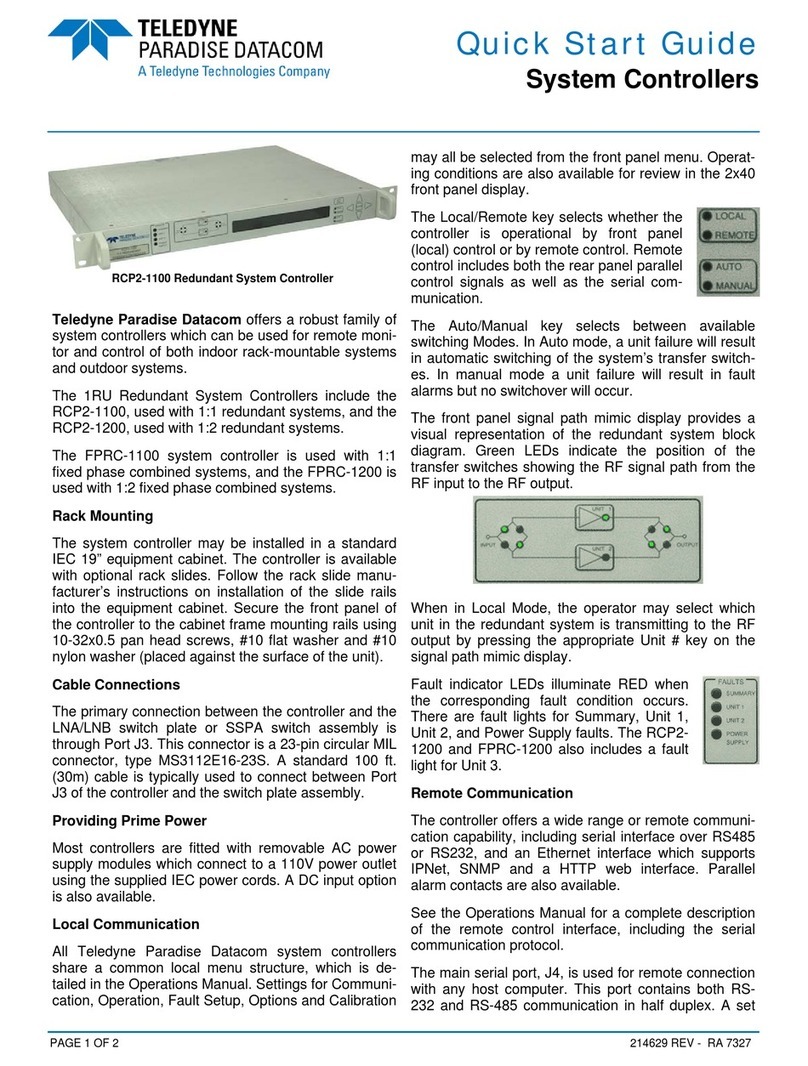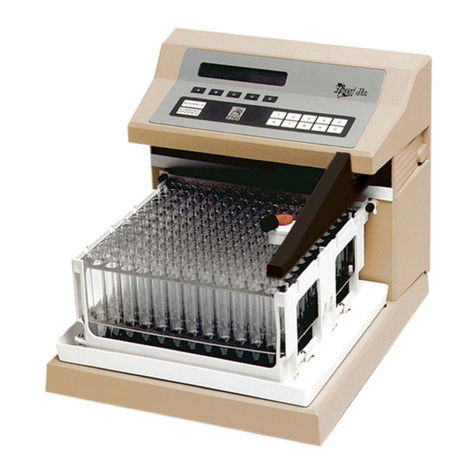
174-012021_Digital AVC Page 5 of 23
1.4 Specifications
Input Power ...............................................................................................................................11 – 32 VDC
.......................................................................................................................................................0.7 Watts
Cable .................................................................Combination power and RS232 cable, 1.5 meters, included
..........................................................................For CE Compliance, cable should never exceed 3.0 meters
Weight (Approx.) ........................................................................... 0.27 lbs (123 Grams) W/O Tube & Cable
Height (Length)........................................................................................................ 2.6”, W/O Tube & Cable
Width / Depth ........................................................................................................................................1.75”
Operating temperature Range ................................................................................................-20°C to 70°C
Standard Metal Gauge Tube...................................................................................(DV-6R, DV-5M, DV-4R):
Overpressure (Gauge tubes) .....................................................................................................50 psig max.
Material of Construction........................................................................................DAVC Housing: Aluminum
................................................................................................................Thermocouple: Glass, Noble Metal
Connections............................................................................................. High Density, 15-Pin, D Connector
............................................................................................................ Octal Tube Socket for Thermocouple
Alarms ................................................................................................................................. 0.50 Amps max.
Tube Leak Test...........................................................................................................<1x10-8 atm cc/sec He
Accuracy..................................................................... DV4, 0.02 – 20 Torr, ± (20% of Reading + 0.01 Torr)
Accuracy................................................................... DV5, 0.1 – 100 mTorr, ± (20% of reading + 0.2 mTorr)
Accuracy...............................................................DV6, 0.001 – 1.0 Torr, ± (15% of Reading + 0.001 mTorr)
Non-Linear Analog Output ............................................................................................................... 0-1 VDC
Linear Analog Output ...................................................................0-1, 0-5, 0-10, VDC and 0-20mA, 4-20mA
Digital Output............................................................ RS232 (9600 / 19.2k baud) (6-pin modular connector)
AC Tube Drive ....................................................................... 0.3 – 0.4 VAC, true RMS, 1 kHz square wave
AC Tube Drive ..................................................................... (Compatible with DV-4, DV-5, and DV-6 tubes)
Tube Input .................................................... 0 – 10 mVDC, (compatible with DV-4, DV-5, and DV-6 tubes)
Single Set Point Output............................................................... Open-collector transistor for over set point
Single Set Point
See tube Product Bulletin for available tube connection configurations.
1.5 Thermal Coefficient
The DAVC generates an AC voltage using an internal transformer. This heating voltage is supplied to
the vacuum tube to warm up the thermocouples in order to measure the pressure. As the ambient
temperature increases or decreases, the internal resistance of the copper winding in the transformer
also changes. This resistance change will change the AC heating voltage that the vacuum tube
receives. It will also change the pressure reading slightly. The typical rate of change for a given tube
type is given below:
DV6 0.2 mTorr/°C + 0.25% of reading/°C
DV5 0.08 mTorr/°C + 0.16% of reading/°C
DV4 2.6 mTorr/°C + 0.1% of reading/°C
